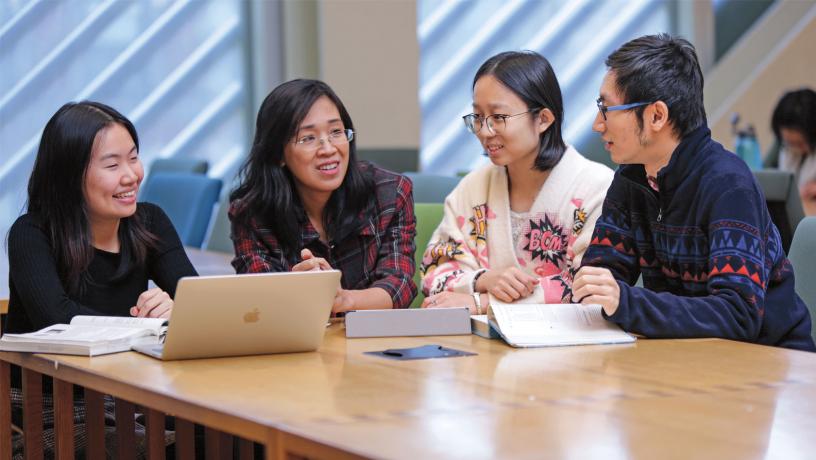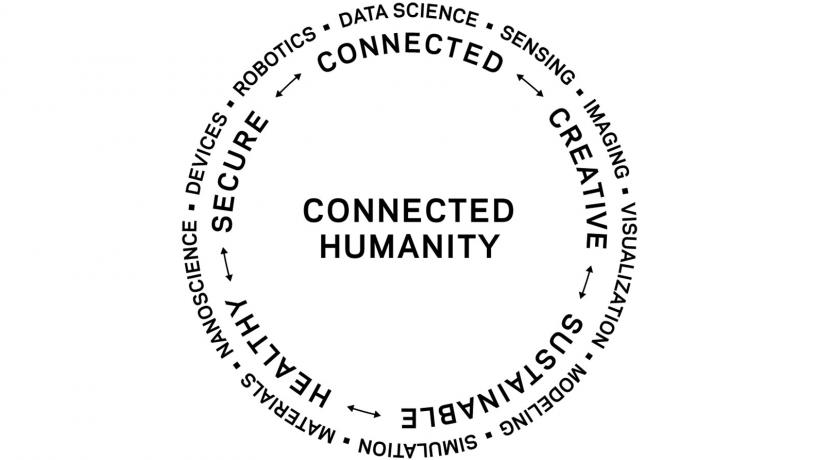Streamlining the Patient Journey
Imagine a world where algorithms connect us to the most tailored goods and services, just when we need them

From left: Van-Anh Truong, PhD student Jingtong Zhao, and postdoc Zhen Xu.

Purchasing probabilities for two randomly chosen products among 10,000 randomly chosen consumers, showing high levels of differentiation in preferences.

Algorithms driving recommendation systems and scheduling services have become all but ubiquitous—but designing these indispensable tools to function well in an ever-evolving landscape is extremely challenging.
Van-Anh Truong, associate professor of industrial engineering and operations research, is an expert in designing optimization algorithms for e-commerce and health care, two arenas grappling with huge amounts of data and very high levels of uncertainty.
“Matching people to goods and services in real time is challenging even when most of the variables are known,” says Truong. “When the customer as well as the provider side is uncertain, which is increasingly common, the problem is even harder.”
Truong’s algorithms self-correct to make transactions faster and more effective. She has repeatedly collaborated with Columbia University Irving Medical Center to address uncertainty in health care. In this realm, every unpredictable event—such as a patient falling critically ill—begets an uncertain quantity of demand and competition for doctors or treatments. A recent study shows her algorithms for matching patients with available treatment slots in the presence of such uncertainty could reduce no-shows and cancellations at a pediatric hospital from 33 percent to 9 percent.
Meanwhile, in the highly competitive environment of global e-commerce, implementing the right equations is essential for maximizing revenue. Here, algorithms must simultaneously juggle prices, popularity, inventory, and other factors, with customers’ preferences for cost and quality. Sellers must also reach customers with highly personalized offers in time windows when they’re most likely to purchase, without overtaxing their attention—a delicate balance Truong tackled in her collaboration with Alibaba, the Chinese online commerce company. She also devises methods for combating “popularity bias,” in order to connect users with solutions best suited to them individually.
“I wanted to do math with a purpose, so this is the ideal area for me,” she says.
